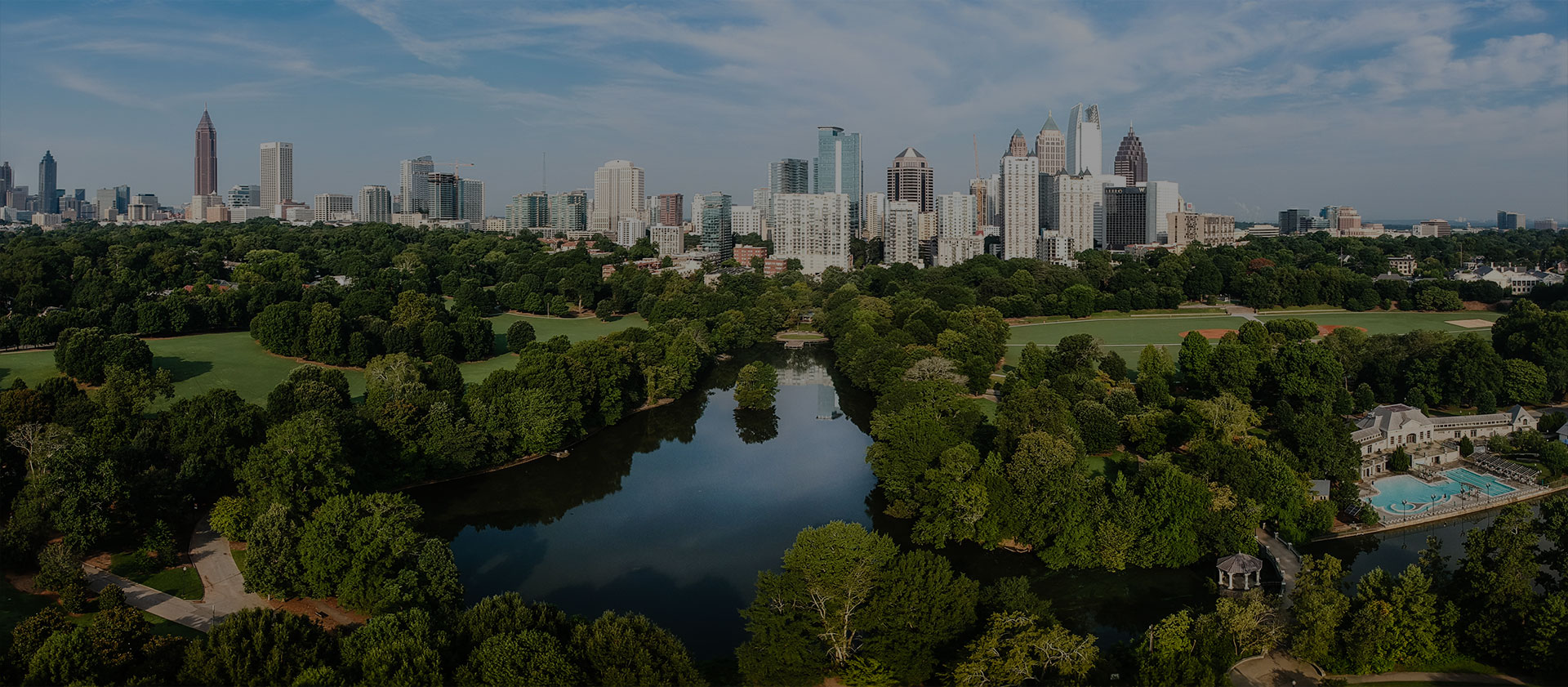
Can a Not-at-Fault Accident Make Your Insurance Rates Go Up
Can a Not-at-Fault Accident Make Your Insurance Rates Go Up
If you cause an accident, meaning it’s your fault, you can probably understand that your car insurance rates should go up. But what if the other driver was 100% at-fault? Even then, it’s still possible to see a rate increase. The reason is that it might have been possible for you to avoid the accident.
Accidents Equal More Risk to Insure You
The main idea is that your auto insurance rates go up when there’s more risk that you will file a claim. Insurance companies have data showing that people who have previously been in an accident are more likely to be involved in another.
If you’re at fault, the reasoning is simple. If you were speeding, texting, or just had a slow reaction time, car insurance companies will think there’s a chance it could happen again. They might have to raise your premiums as a result.
Not-At Fault Doesn’t Mean Not Avoidable
The meaning at-fault for auto insurance purposes generally means a driver did something they shouldn’t have. They therefore were the primary cause of the accident. It doesn’t mean that the not-at-fault driver couldn’t have avoided the situation, however.
For example, say your light just turned green as another driver runs their red light. Some drivers might go on green and get hit. More defensive drivers might look to make sure traffic is stopping before entering the intersection and not get hit. To insurers, those defensive drivers mean the insurance company can spend less time and money dealing with claims. They might get a better rate because they don’t have any accident claims on their policies.
Other drivers may have worse luck because of when they drive. Someone who only drives on quiet Sunday mornings has less chance of being in an accident than someone with a long daily commute during rush hour. Part of this risk is built into your premium adjustments for your location or annual mileage. However, a not-at-fault collision may still signal that you’re driving in riskier conditions than other drivers.
Rate Increases Aren’t Guaranteed
Filing a not-at-fault claim doesn’t mean your insurance rates are guaranteed to go up. It’s just one of many factors car insurance companies will consider the next time they renew your coverage. If your rates do go up, it will likely be a smaller increase than for an at-fault claim.
In addition, keep in mind that different auto insurance providers calculate premiums differently, so you may see an increase with your current provider but a better rate from a new company. Therefore, your independent insurance agent can help you switch to this company.
Categories: Blog, Syndicated
